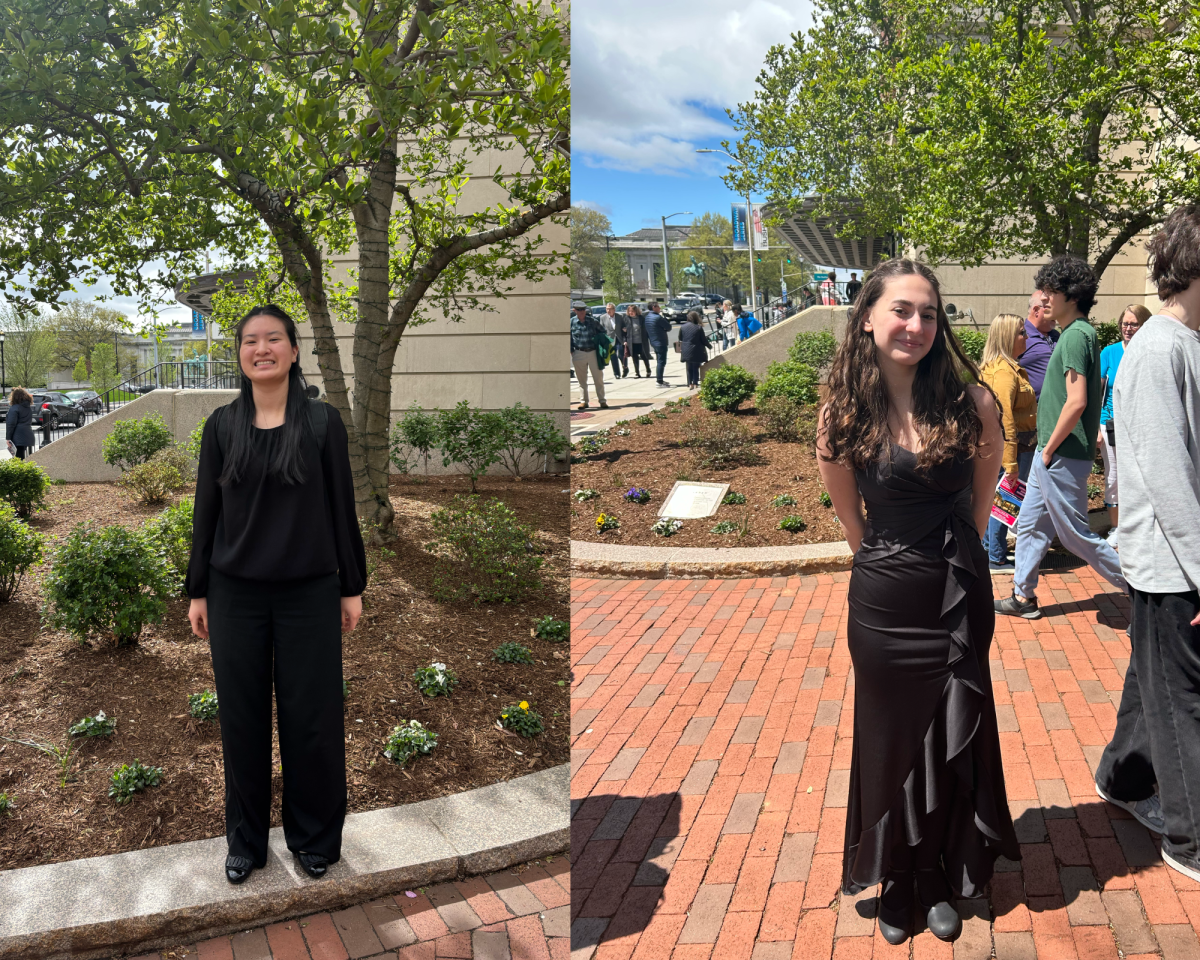A 4.8-magnitude earthquake struck the Northeast on Friday, April 5, causing little physical damage, including a gas leak in Rockland, New York. Despite this, the rarity and surprising nature of the seismic event rattled many nerves and caused it to become a major topic of conversation.
The epicenter was in Northern New Jersey, several miles away from Whitehouse Station, but the quake was felt across the Northeast, with reports coming in from Baltimore to Boston. A smaller aftershock, measuring 3.8 on the Richter scale was felt later that evening, around 6 p.m., throughout New Jersey and New York City.
Most students, teachers, and staff at Ward Melville felt the earthquake, with those who did not often reporting that they were in music classes or in a room in the middle of the first floor. Many students said that they initially believed that someone was kicking their seat from behind, after which they realized that the prolonged shaking was possibly an earthquake.
According to the United States Geological Survey, this is the second-strongest earthquake since 1957 to have an epicenter within 250 miles of New York City, and the strongest one, which had a magnitude of 5.1 and occurred in 1983, had an epicenter much further from the city. This earthquake is also the strongest in the greater NYC region since 1884, when a one with a magnitude of 5.2 struck the city.
Another reason the earthquake felt strong was because of its shallowness. The epicenter was just shy of 5 kilometers below the Earth’s surface. For context, anything less than 70 kilometers is officially considered a shallow earthquake, and the vast majority of such earthquakes have a depth of 10 kilometers or more. This extreme shallowness made the shaking on Friday seem stronger than an earthquake of similar magnitude may generally feel.
On the non-scientific side, the earthquake showed how social media is so integral to our society, especially for instant news. While the United States Geological Survey was finalizing its report and publishing it (a process that takes several minutes), thousands flocked to X, formerly known as Twitter, to post about and ask others about the earthquake. Many of these posters were users who had left the platform after Elon Musk’s purchase and its subsequent rebranding, further demonstrating how reliant the world has become on such platforms.
The earthquake also happened to expose certain faults in New York’s ability to send out emergency alerts and provide guidance to its population. In California and Japan, places that are commonly affected by earthquakes, emergency alerts are often sent out seconds before an earthquake. (This is done by connecting seismic sensors with alert systems.) However, New York City only sent out the first alert nearly an hour after the earthquake. A statewide alert was sent out even later, with many phones only receiving the alert two hours after the earthquake.








